By Rick VanSickle
Wow, just wow! If you were anywhere near your social media feeds on Saturday, you were party to an avalanche of local wines being served up and shared in photos and videos across Ontario and Northeast U.S.
Note, also in this Ontario Wine Report: Along with some new and funky releases from Leaning Post in Niagara and Trail Estate in Prince Edward County, we also have reviews for the more classic wines from Chateau des Charmes and Niagara wines that we can recommend in the April 17 Vintages release, including Les Clos Jordanne, Tragically Hip and Hidden Bench.
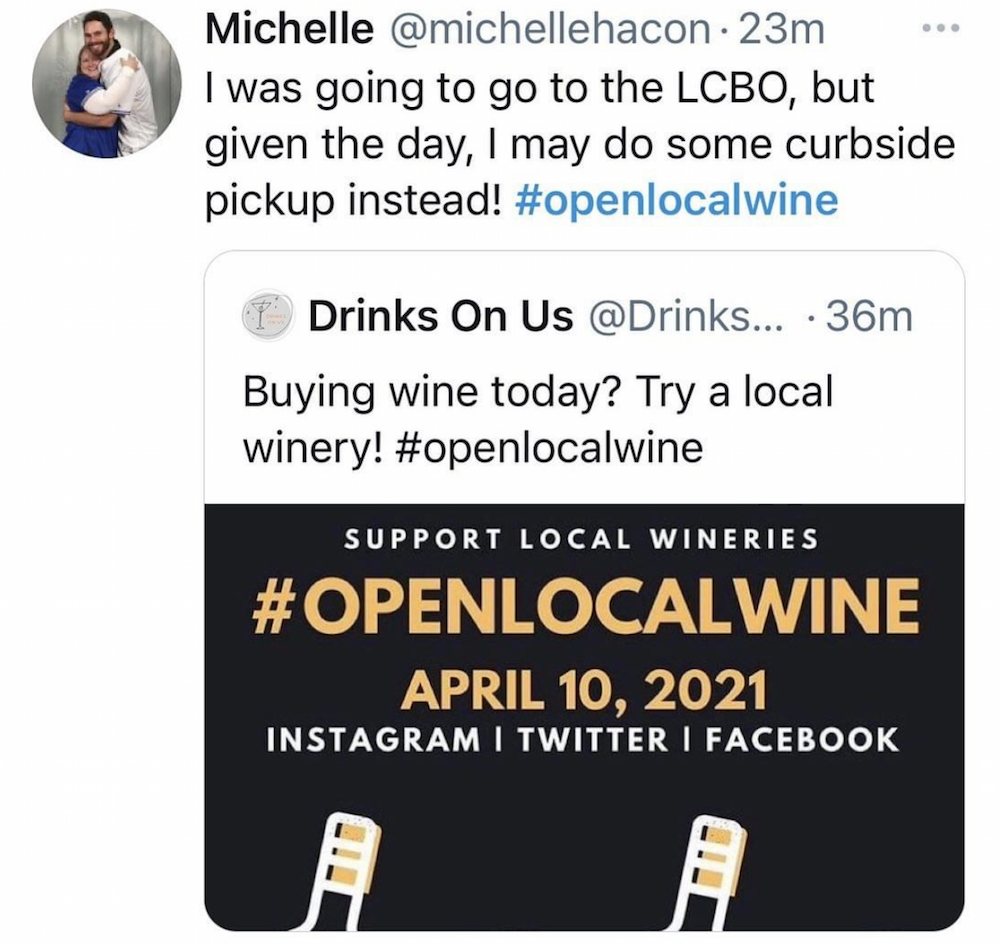
The #OpenLocalWine initiative, started last year by Lenn Thompson, co-founder of The Cork Report, and Gina Shay, The Cork Report’s regional editor for Michigan, had a quite a day and night on Saturday in its second iteration that included for the first time Ontario wineries. The event was created last year during COVID, when most winery tasting rooms were closed and all wineries were suffering the economic impacts of the pandemic. Launching the event not only encouraged wine lovers to try something new from their local wineries, but also brought attention to the number of great producers that might not have the visibility of larger name brands.
Once Thompson and Shay started announcing this year’s version of #OpenLocalWine, Wines in Niagara caught wind of it via a post by Shawn McCormick, co-founder of the popular Facebook group #ONWineChat. A quick email to Thompson and Shay, and Wines In Niagara was onboard with a Canadian version of the event in Ontario.
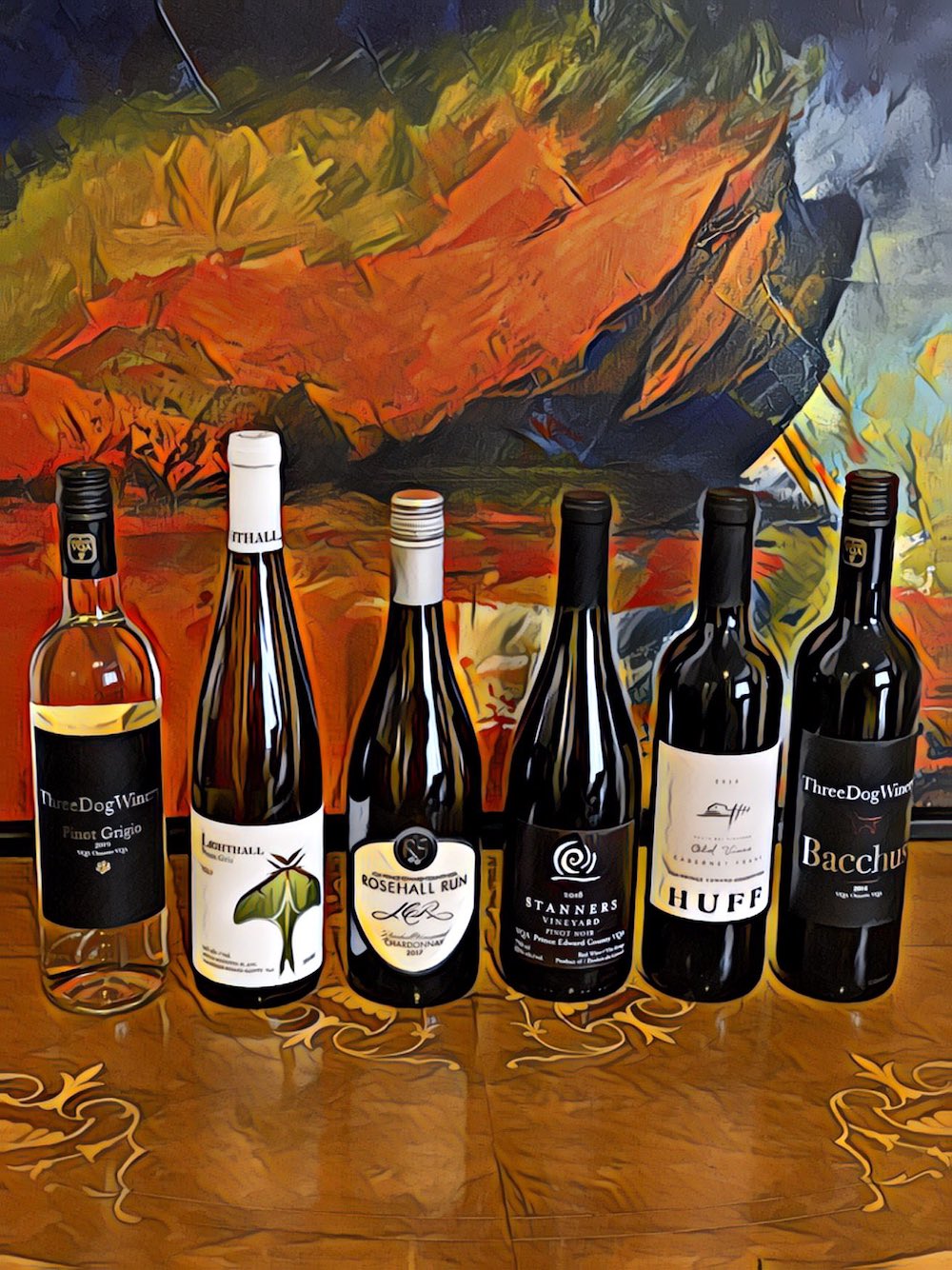
The response after the first post on this site was simply incredible. Emails starting arriving from wineries that wanted to created special #OpenLocalWine online and curbside wine deals to help consumers celebrate the day. In less than a week, 28 wineries from all regions in Ontario had put together wine deals for consumers.
Meanwhile, the relatively new Facebook group, Wineries of Niagara (shout out to Marcel Morgenstern), was quick to jump on board by promoting the event and generating a vast amount of organic interest. One man who took the cause to heart was Joe Pillitteri, owner of Lakeview Vineyard Equipment, a comedian and the biggest supporter of everything local I know of. He began shooting videos urging viewers to get involved and excited in the event. He even gathered up gift packs from generous local wineries as giveaways to sustain the energy leading up to #OpenLocalWine.
Wine associations from around Ontario also got onboard, from Lake Erie North Shore (shout out to Gary Killops) to Prince Edward County (shout out to Duarte Da Silva) to Niagara, including Wineries of Niagara-on-the-Lake (shout out to Brianne Hawley) and the Grape Growers of Ontario and all points in between. The overarching association for most wineries in Ontario, the Ontario Craft Wineries Association and its marketing arm, Wine Country Ontario, offered up a tweet or two, but otherwise, not sure what happened there.
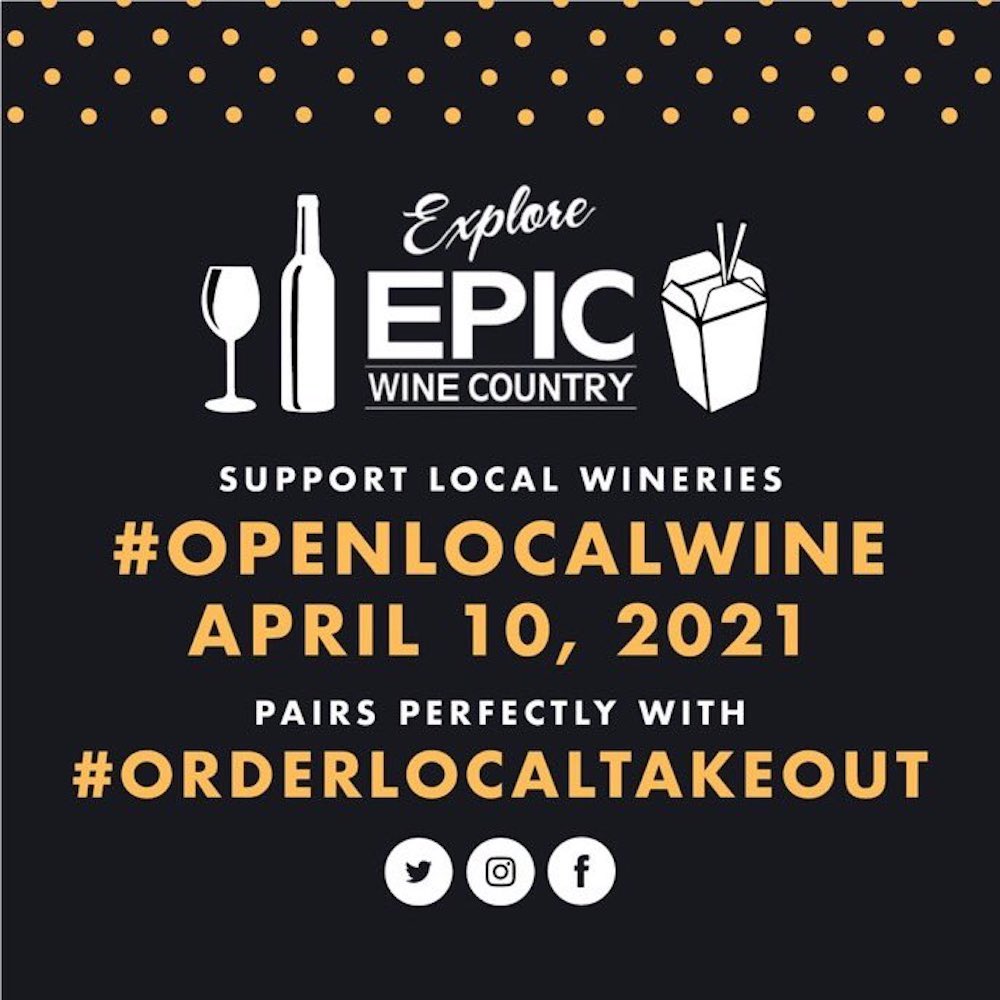
But the biggest rock stars of them all were everyday people who went online and bought local wine, ordered from local restaurants, purchased curbside wines, ciders, beers and then tweeted and posted to IG and Facebook at a pace that flooded social media feeds from noon to midnight on April 10. It was dizzying watching it unfold and simply too hard to keep up to all the feeds, not only from Ontario, but the entire eastern side of North America.
It was a stunning display of local love, an event that, as Mortgenstern told me, “opened up a lot of eyes.” He, too, was shocked by the massive response and is already preparing for next year’s event.
And there will be a next year, bigger, better and louder than ever before. Will you join us B.C.? Want to come aboard Nova Scotia? Quebec?
Until then, make every day #OpenLocalWine day.
Note: If you were a winery or restaurant who participated in #OpenLocalWine day by providing a special listed on this site (or anywhere else), please take a moment to send us a note on how you did and how we can improve the process next year. Here’s the full list of participants:
Stoney Ridge Estate Winery, Sprucewood Shores Estate Winery, Dancing Swallows Vineyard, Rockway Vineyards, 2027 Cellars, Waupoos Estates Winery, Vivace Estate Winery, Hernder Estate Wines, 13th Street Winery, Stanners Vineyard, Lakeview Wine Company, Niagara College Teaching Winery, Lacey Estates Winery, Black Prince Winery, Marynissen Estate Winery, Vineland Estates Winery, Trail Estate Winery, Kacaba Vineyards and Winery, PondView Estate Winery, Queenston Mile Vineyard, Creekside Estate Winery, Stocked Cellars, Sue-Ann Staff Estate Winery, Harbour Estates Winery, Konzelmann Estate Winery, Westcott Vineyards, Wander Food and Wine.
Leaning Post Piquette and Pét-Nat
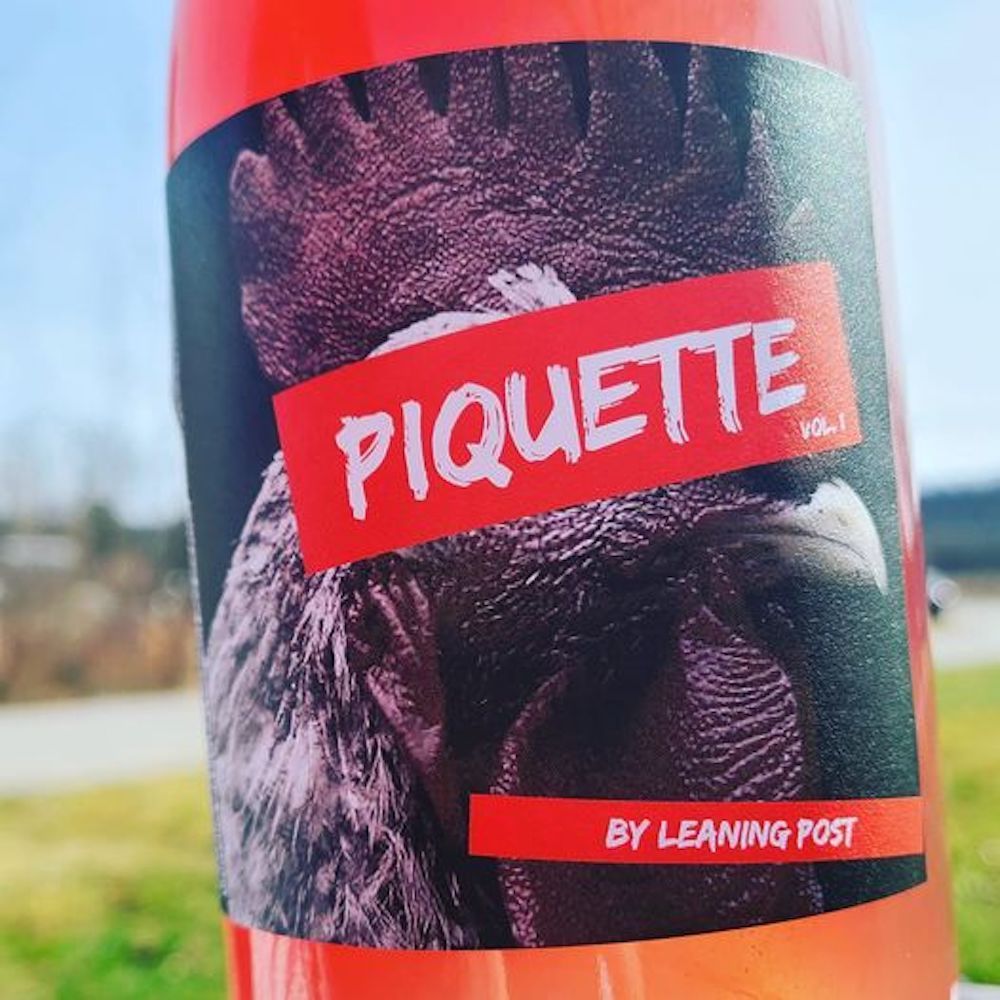
Leaning Post winemaker and co-owner Ilya Senchuk (with his wife Nadia), calls piquette, a quickly emerging style of wine, “like baby pét-nat meets seltzer. It’s an interesting side project.”
While well known to many amateur winemakers, grape growers and farm workers in France and other regions of the world, it’s a relatively new style of beverage in the mainstream, first seen commercially in North America in the Hudson Valley wine region in New York. It has since popped up at a few Ontario wineries and certainly with the more experimental cideries out there.
It can’t be called wine, as it’s finished under 7% abv (purposely at 5.5% to avoid higher taxes) and made by recycling grape pomace to squeeze out any leftover alcohol, sugar and flavours left in the skins by adding water (and sometimes more sugar). Before fermentation is complete, the grape skins are pressed again, left to settle briefly and then bottled so that a light spritz is trapped in the bottle. Senchuk uses Pinot Gris and Pinot Noir skins (with a small amount of Gamay, half of which is wild fermented) from his rosé program for his piquette.
It can’t be called VQA or even wine as it officially comes under the category of “wine cooler,” but it is a grape-derived beverage that is “up-cycled and recycled with something we already have,” says Senchuck.
Leaning Post is all in on this fun, refreshing style of beverage and is planning two more versions of it this year alone. Afterall, there is never a shortage of grape skins to use at a winery and “it’s something wonderful and refreshing.”
Here’s our review, along with the estate’s popular pét-nat:
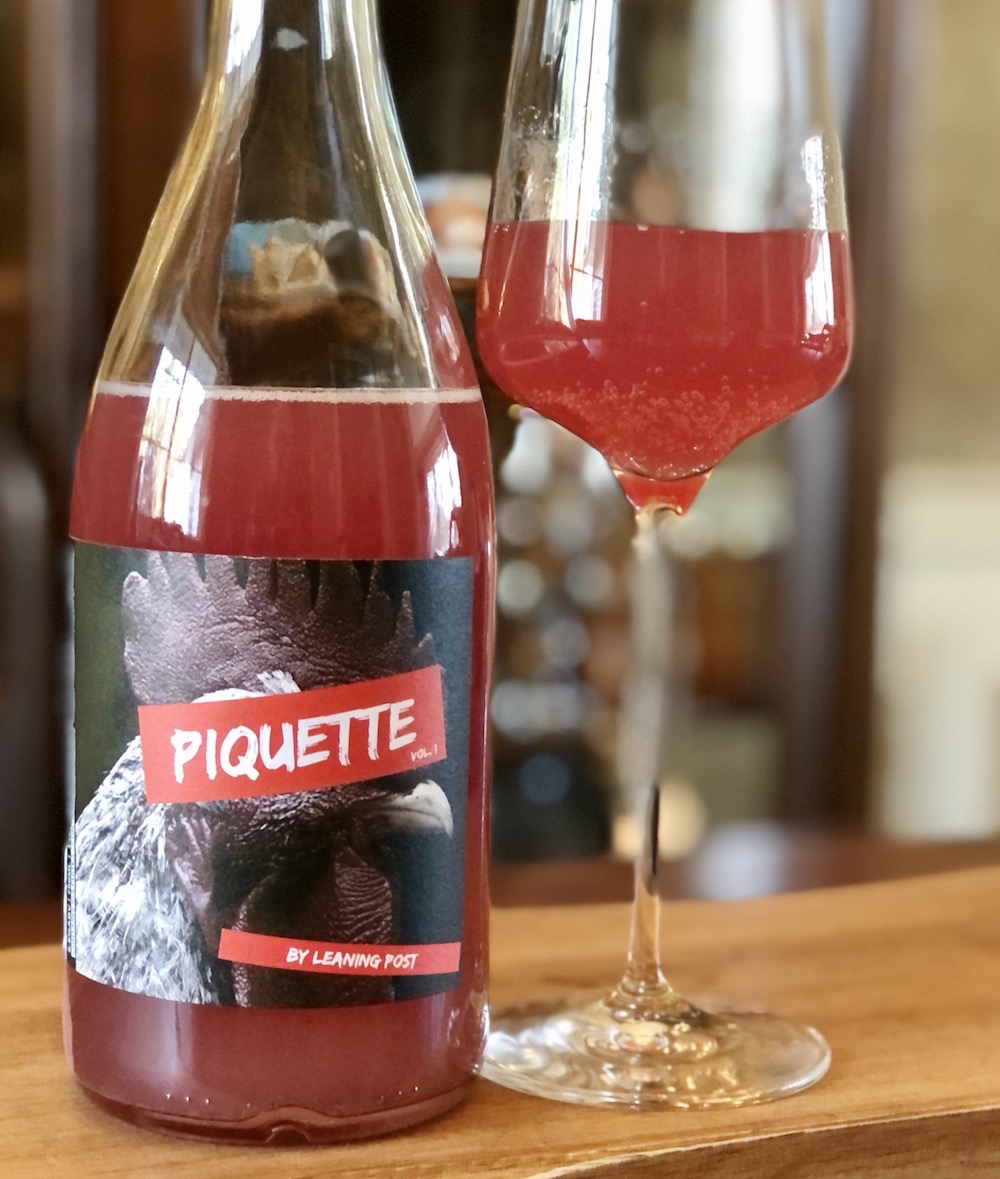
Leaning Post Piquette Vol. 1 ($19, 88 points) — Officially, a non-VQA wine cooler made with grape skins, water and finished at 5.5% abv. The colour is a bright crabapple red with a hazy/chunky appearance if you shake the bottle. You can let it settle, but there is nothing wrong with drinking the gnarly bits. Such wonderful aromas of crabapple, cranberry, rhubarb, sour cherries and wild, fresh-picked raspberries with leesy/earthy notes. There’s a refreshing blast of acidity on the palate and light fizz with red berries, dried citrus rind, cranberries and watermelon notes in a super-dry, super-fresh style. For guilt-free poolside, fireside, hot tubbing and porch sipping. Glug, glug, glug.
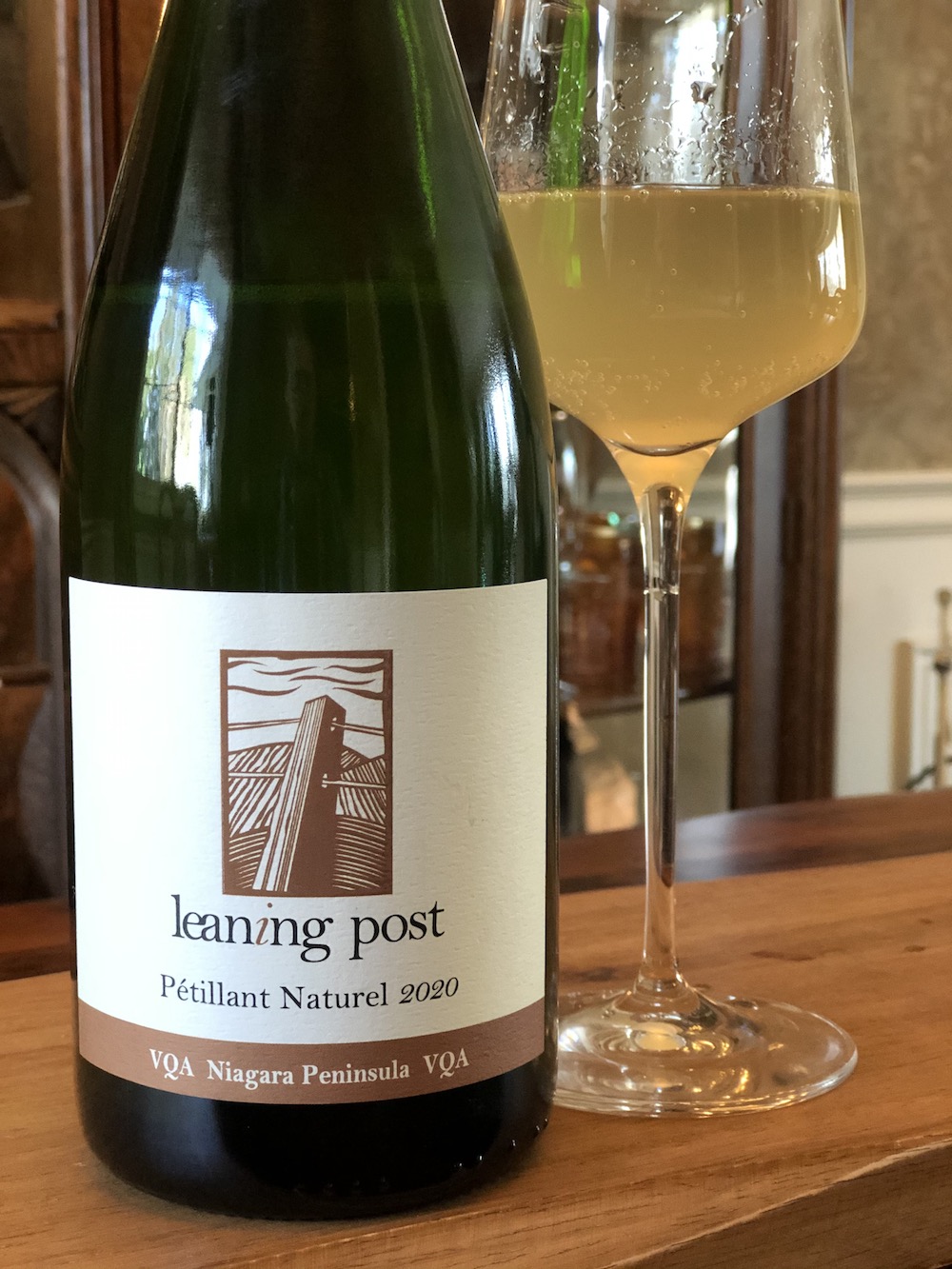
Leaning Post Pétillant Naturel 2020 ($25, 89 points) — The pét-nat category in Ontario (and everywhere, really) continues to gain new followers at an astonishing clip. “It’s huge,” says Senchuk. “We are consistently selling out and upping out production.” This is made from 100% Muscat-Ottonel with the fruit gently pressed into a stainless-steel tank and allowed to settle for two days. It was racked off the heavy lees from pressing and fermentation starts shortly after. It’s bottled while fermenting to create the source of carbon dioxide in the bottle. It’s bottled with the lees. The nose explodes with grapefruit, Mandarin orange, anise seed, cloves, ginger, some earthiness and peach pit. There is a gentle effervescence on the palate and a creamy/leesy texture with notes of fresh peach, lemon, grapefruit, ginger and nectarine with just enough funk (but not too much) to keep it interesting through the vibrant, electric finish.
The funk continues at Trail Estate
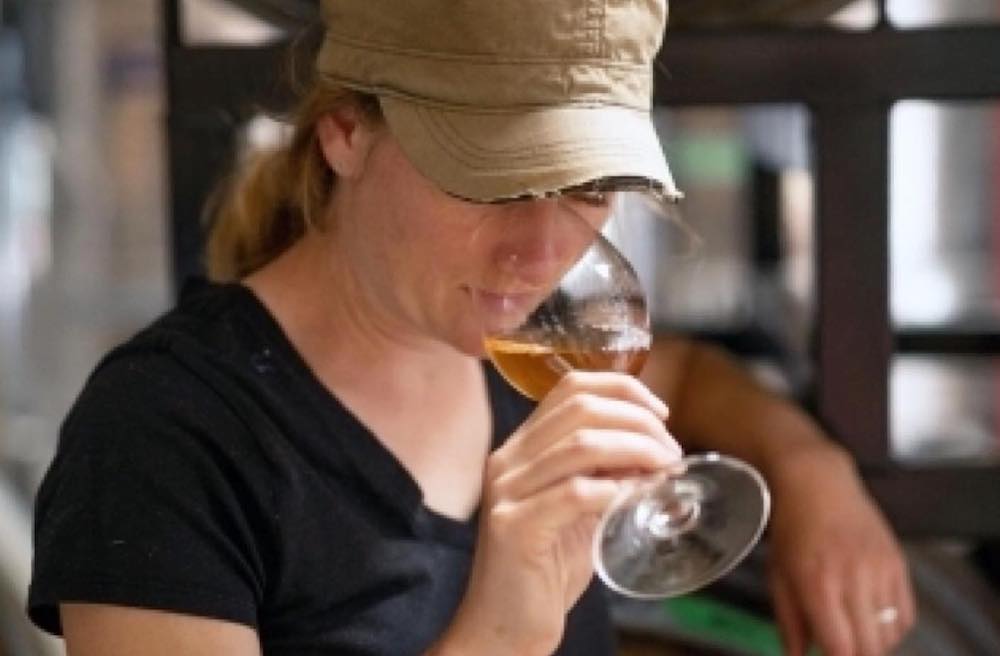
Trail Estate winemaker Mackenzie Brisbois, above, has built a loyal following for her always evolving range of skin-contact whites, orange nouveaus, pét-nats and cool experimental bottlings such as the “cult-like” super crushable Supersonic Concord. But, they sell out well before we can even review them here.
It’s a good problem to have for the Prince Edward County winery, which has established itself as a leader in low intervention “natural” wines in Ontario. The wines tasted here are “slightly” more traditional (at least for Mackenzie) and include the utterly delicious estate Chardonnay being released this summer.
Here’s what we liked from a selection of new releases:
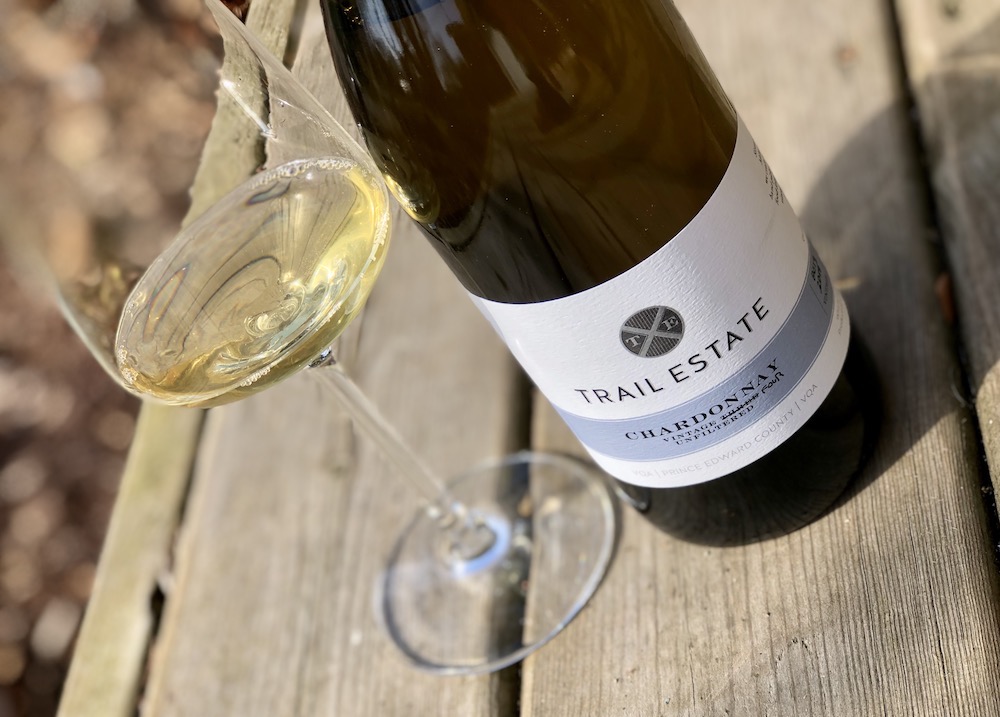
Trail Estate Chardonnay Vintage Four 2019 ($45, summer release, 93 points) — I’ve been impressed with this wine since the very first vintage. It waves a giant flag for the unique terroir of The County and is presented with little manipulation, a deft touch with the oak, and bottled unfiltered at 12.7% abv. The fruit was hand harvested and pressed whole cluster straight to barrel where it was fermented and aged without racking or stirring. It was aged in 500 L barrels (25% new oak, 50% 3rd fill, 25% 4th fill) for 10 months and bottled unfiltered and unfined with minimal sulphur added. It has a lean and saline nose with lemon, green apple, pear skin, peach, river rock minerality and subtle integrated spice notes. It turns rounder and a touch fleshier on the palate but it’s still a taut and mineral-laden Chardonnay with ripe pear and peach, citrus zest, salinity, stony minerality and a fresh, zesty finish. Whatever oak spice is there, it has essentially melted seamlessly into the wine. Can cellar 5+ years.
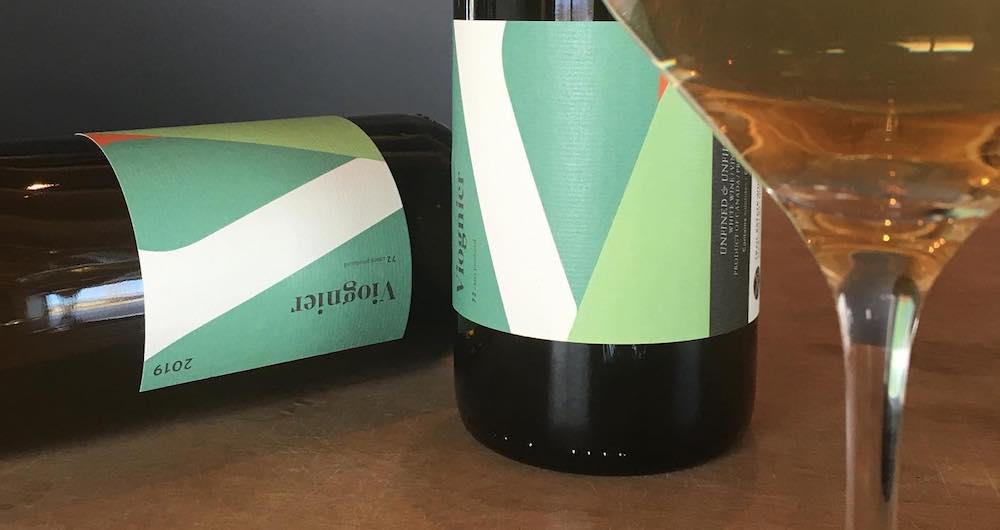
Trail Estate Viognier 2019, Niagara ($35, winery now, 90 points) — The Redfoot Vineyard Viognier from Niagara was hand harvested and fermented naturally in a neutral 500 L barrel for one year before being bottled unfined and unfiltered with just 20 ppm sulphur added at bottling. There is a slight golden hue in the glass with lovely aromatics of apricots, peaches, melons, honeysuckle and jasmine. There is a waxy/viscous texture on the palate and it is dripping with ripe apricots, nectarine, wild honey, farm-fresh peach and ginger with a long, finessed finish. A delight.
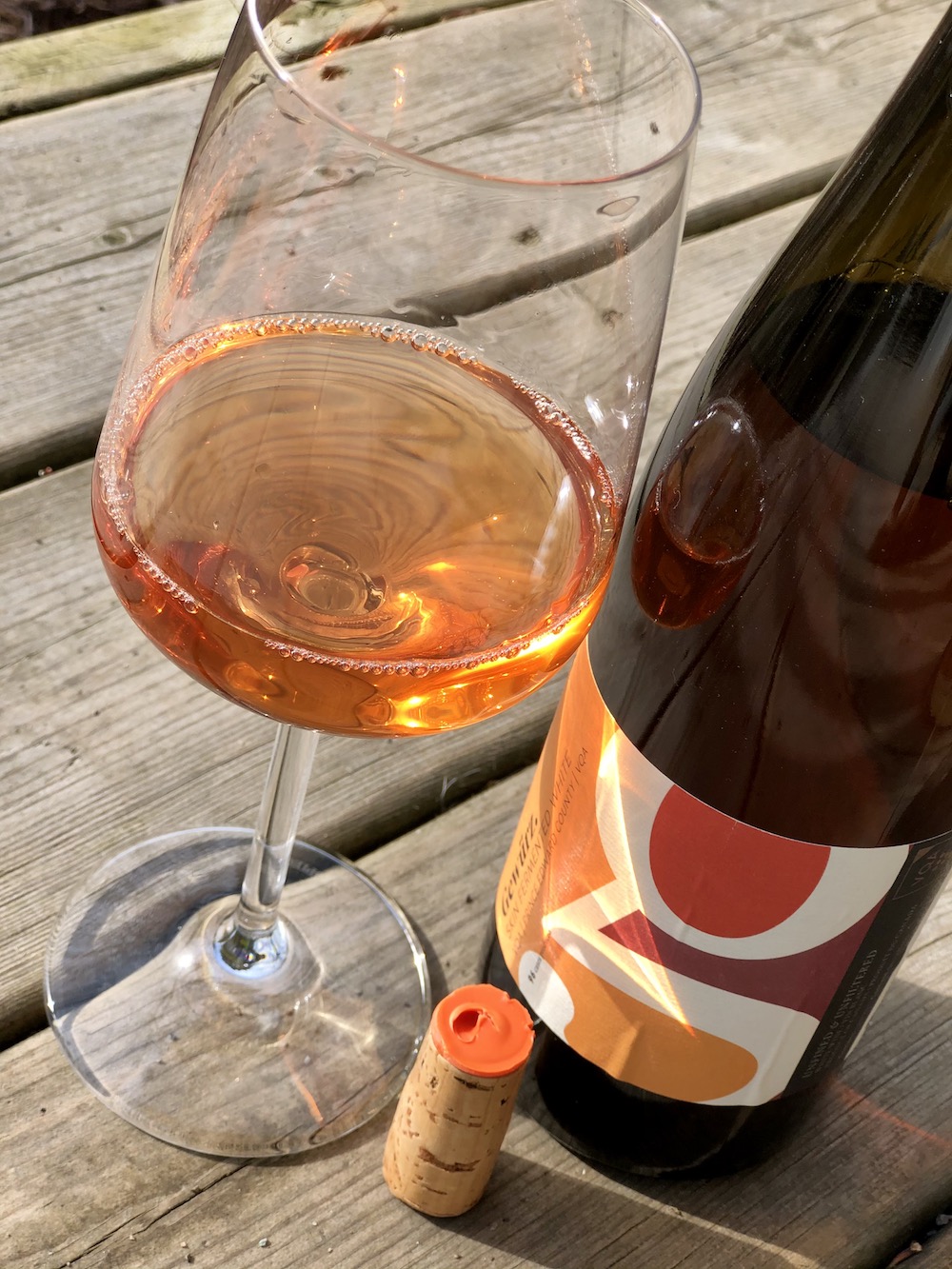
Trail Estate Skin Fermented Gewurztraminer 2019 ($49, winery now, 91 points) — The grapes were hand harvested from a vineyard down the road from Trail, adjacent to the banks of Lake Ontario. It’s wild fermented for 15 days on the skins before being pressed and put to neutral barrels for one year to age. It’s racked out of barrel and bottled unfined and unfiltered with 20 ppm sulfur added. What gorgeous colour on this unique wine, such an orange/copper glow in the glass. It has a spicy nose of ginger and cloves with notes of lychee nut, canned pear, marmalade and herbs. There is some tannic structure on the palate and presents itself as super dry, yet vibrant, with grapefruit, lychee, orange bitters, herbs, pears and tart sharpness through the zingy finish.
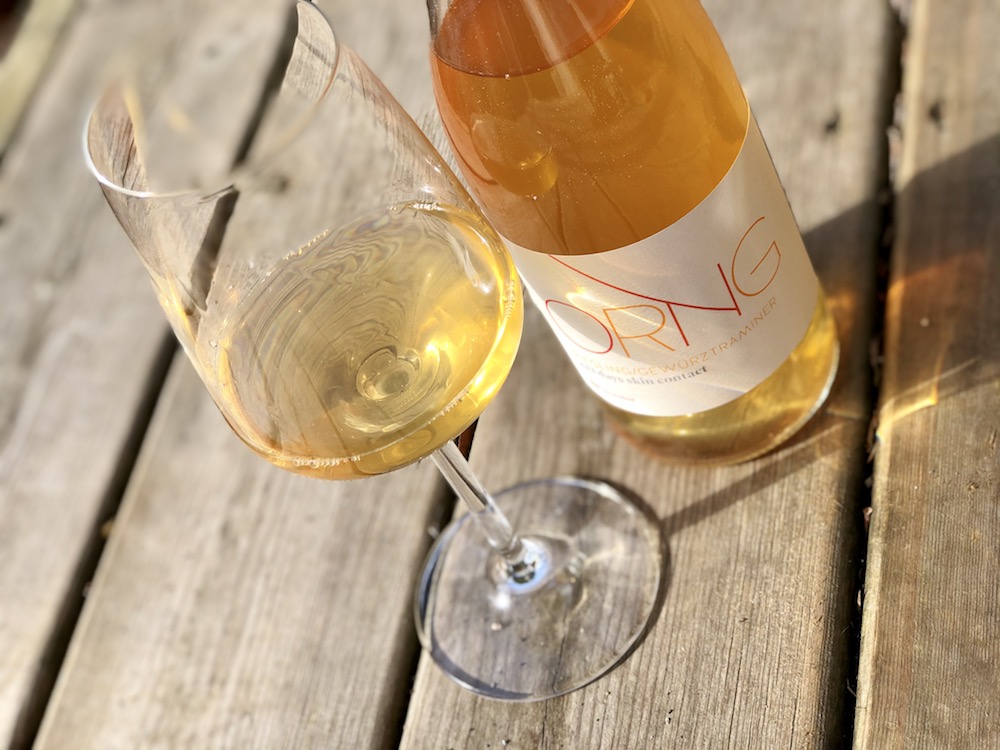
Trail Estate Orng 2019 ($55, winery now, 90 points) — This is consistently one of the best Orange style wines made in Ontario. This version is a blend of 65% Riesling and 35% Gewurz. The skins were left in contact with the wine for an incredible 243 days. It’s wild fermented with light punch downs during fermentation for gentle extraction from the skins. When dry, the tank was sealed and opened only a handful of times during the year. It underwent full natural malo and was pressed and moved into older oak for three months, racked once thereafter and bottled. It’s bottled with fine lees, unfixed, unfiltered and bottled with minimal (5 ppm) sulphur. It shows a cloudy/orange-y hue in the glass with an earthy/reductive nose that blows off with vigorous swirling. Underneath the funk, tangerine, grapefruit, citrus rind and ginger notes emerge. It’s tart and racy on the palate with orange skin, saline notes, grapefruit, subtle tannins and lemon zest. Mouth-watering acidity drives the bus on the finish. Orange fans will absolutely love this wine.
Two classics from
Chateau des Charmes
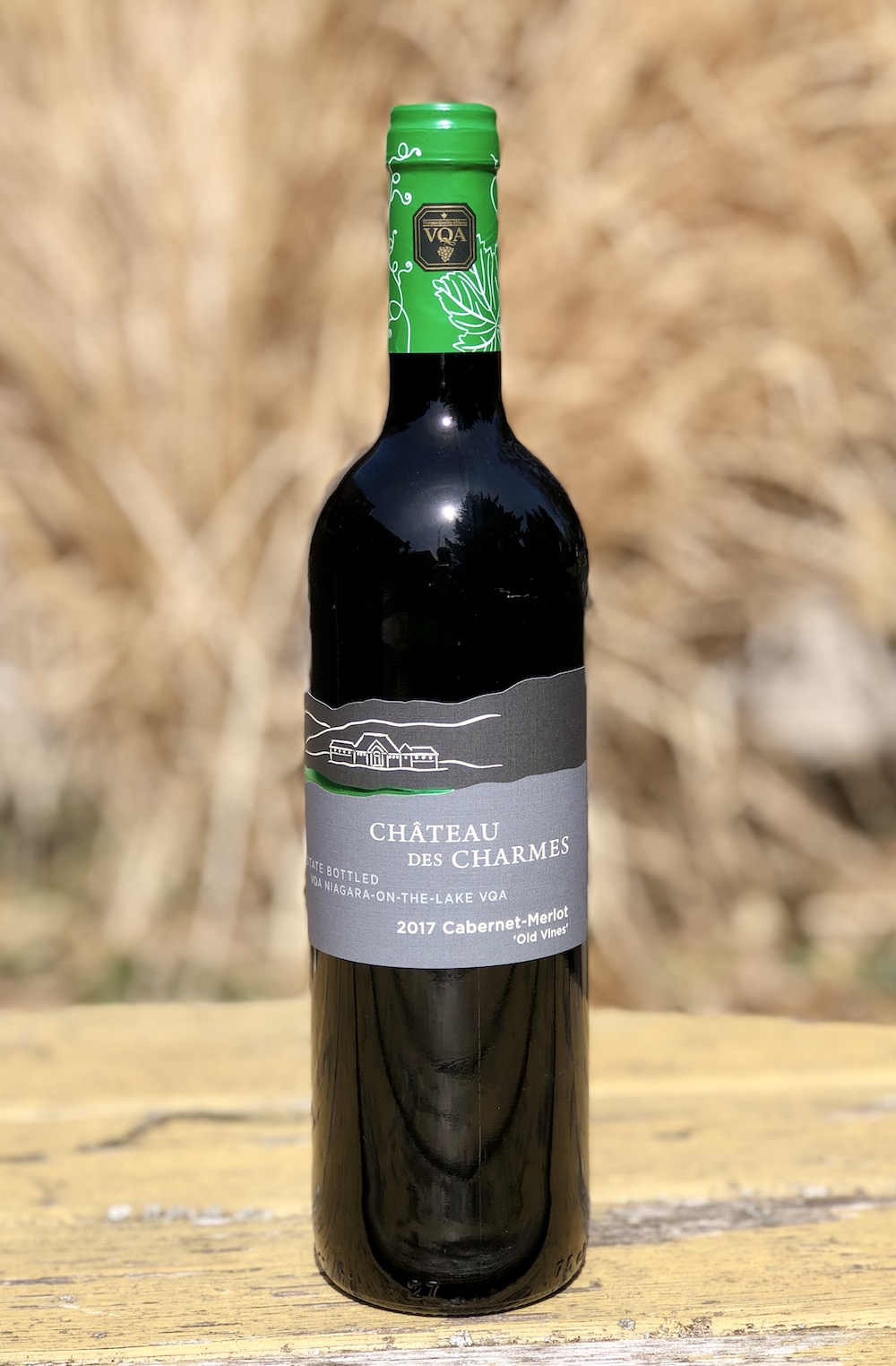
Chateau des Charmes Cabernet-Merlot Old Vines 2017 ($25, winery, 91 points) — This estate red is a blend of Cabernet Sauvignon, Cabernet Franc and Merlot that was aged for 15 months in French oak barrels. The winery hasn’t made this blend since 2012, but has brought it back to focus on quality over quantity for this new vintage release. The nose shows ripe black cherries and raspberries with supporting cassis, red currants, cocoa and integrated spice notes. The fruit shines on the palate with a basket of red berries, anise, cassis, subtle herbs, oak spice notes, well structured and finessed through a long finish. Can age for 4+ years. Nice Niagara red blend at a delicious price.
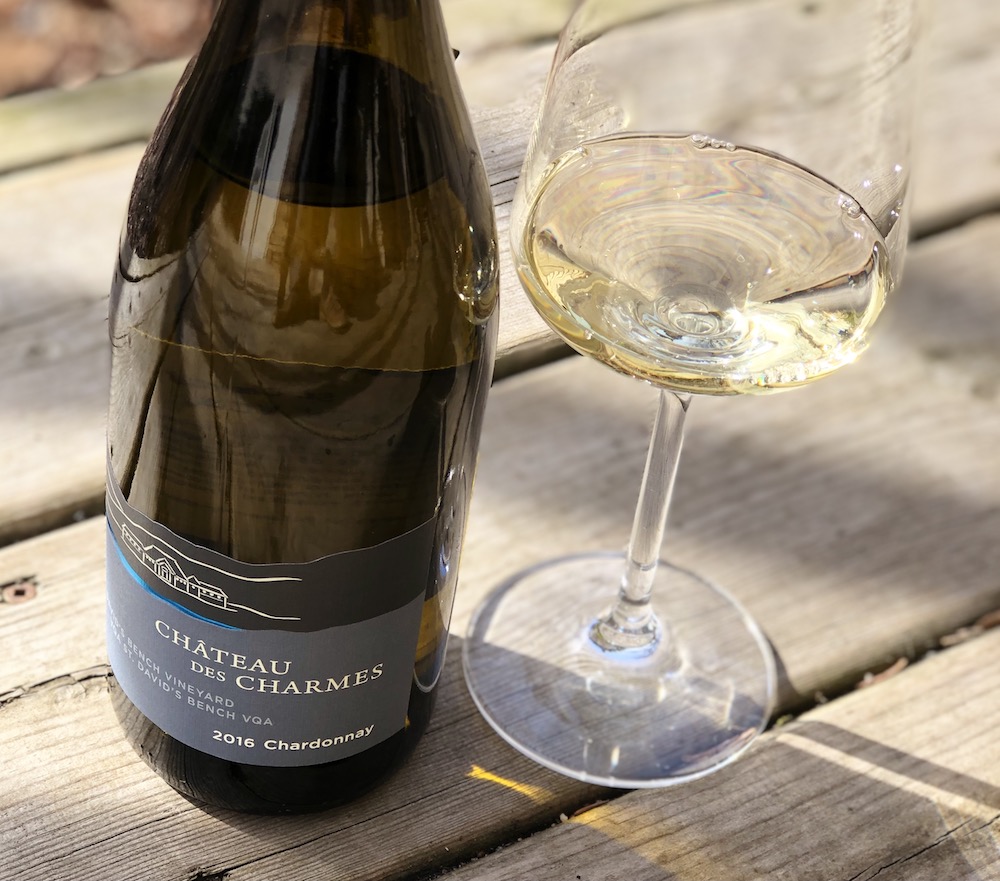
Chateau des Charmes St. David’s Bench Vineyard Chardonnay 2016 ($25, Vintages May 1, 92 points) — This estate Chardonnay is barrel fermented and aged sur lie for 12 months in French oak barrels with regular bâtonnage. It shows expressive pear, lemon toast, some tropical fruits, golden apple, butter and cream with elegant oak spice notes. It has a lovely creamy texture on the palate and is perfectly mature, with ripe orchard fruits, toasted vanilla and spice. All that and a finessed finish keeping it lively and fresh. Very nice, full-bodied, old style Chardonnay.
Niagara wines released
at Vintages Saturday
There are a few tasty Niagara wines being released Saturday at Vintages stores. Here’s what we can recommend.
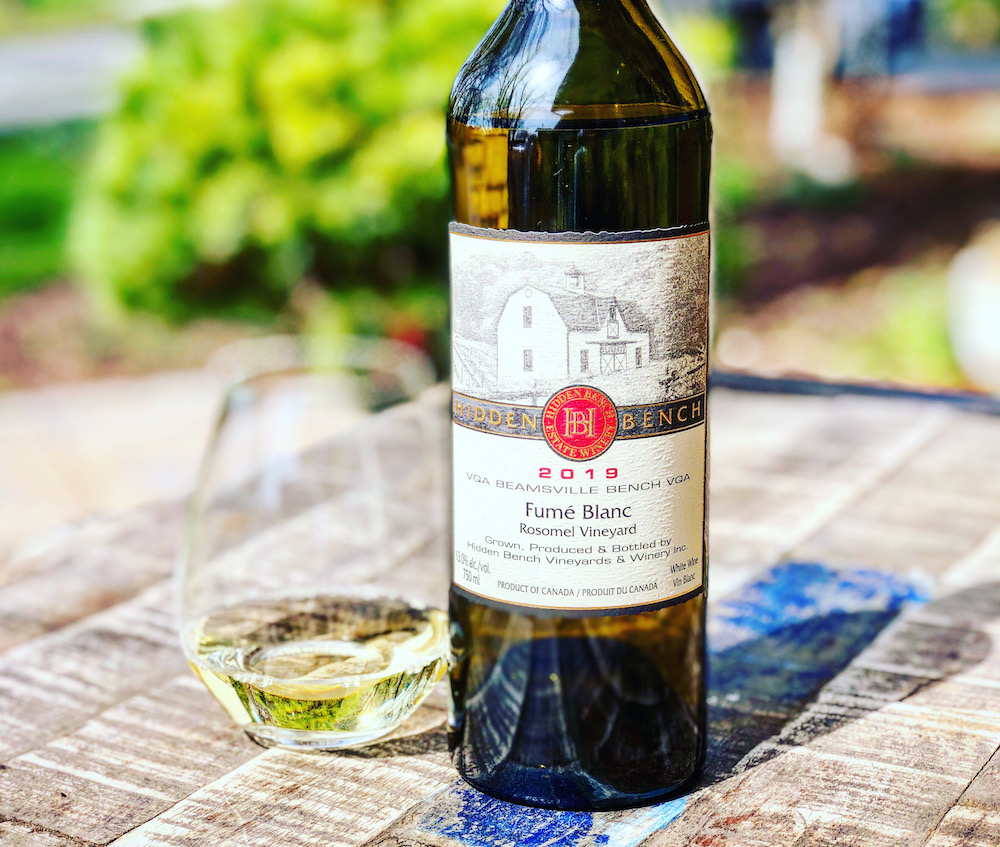
Hidden Bench Fumé Blanc 2019 ($30, 92 points) — I tasted and reviewed this wonderful Fumé Blanc from Hidden Bench on #OpenLocalWine day. It’s made in a style I love, a Sauvignon Blanc from organically certified estate vineyards that gets its “fumé” swagger from a gentle oak aging. The style is inspired by the oaked Sauvignon Blanc wines of Bordeaux and Pouilly-Fumé. It has an expressive nose of grapefruit, green apple, light herbaceous notes, flinty minerality and subtle oak spices. It has elegant texture on the palate with flint, herbs, grapefruit, apple, subtle grassy notes, integrated spices and a fresh, lifted finish. It can be cellared 4+ years.

Le Clos Jordanne Le Grand Clos Chardonnay 2017 ($45, 93 points) — The Chardonnay grapes are whole-cluster pressed and wild fermented in tanks with the barely fermenting juice transferred to 228L French oak barrels to complete the fermentation. The wine is aged in barrels (no more than 20% of the barrels are new oak) for 16 to 18 months, racked and left to settle in tank for a month and filtered prior to bottling. The wines are aged a further eight months and bottled. This has a highly perfumed nose with notes of pear, quince, elegant and subtle spice, profound limestone minerally and freshening waves of salinity. While it’s tight and still rounding into form on the nose, it opens up beautifully on the palate with persistent and generous stone fruits, complexity and depth, barrel spice notes working in harmony with the pear/apple fruit, pristine river-rock minerality, lemon peel, integrated oak spices and a long, vibrant, intense finish. This is a terroir-driven Chardonnay you should cellar and watch grow as the acidity melts into the fruit and the minerality has a chance to strut its stuff. Made by the label’s original winemaker Thomas Bachelder.
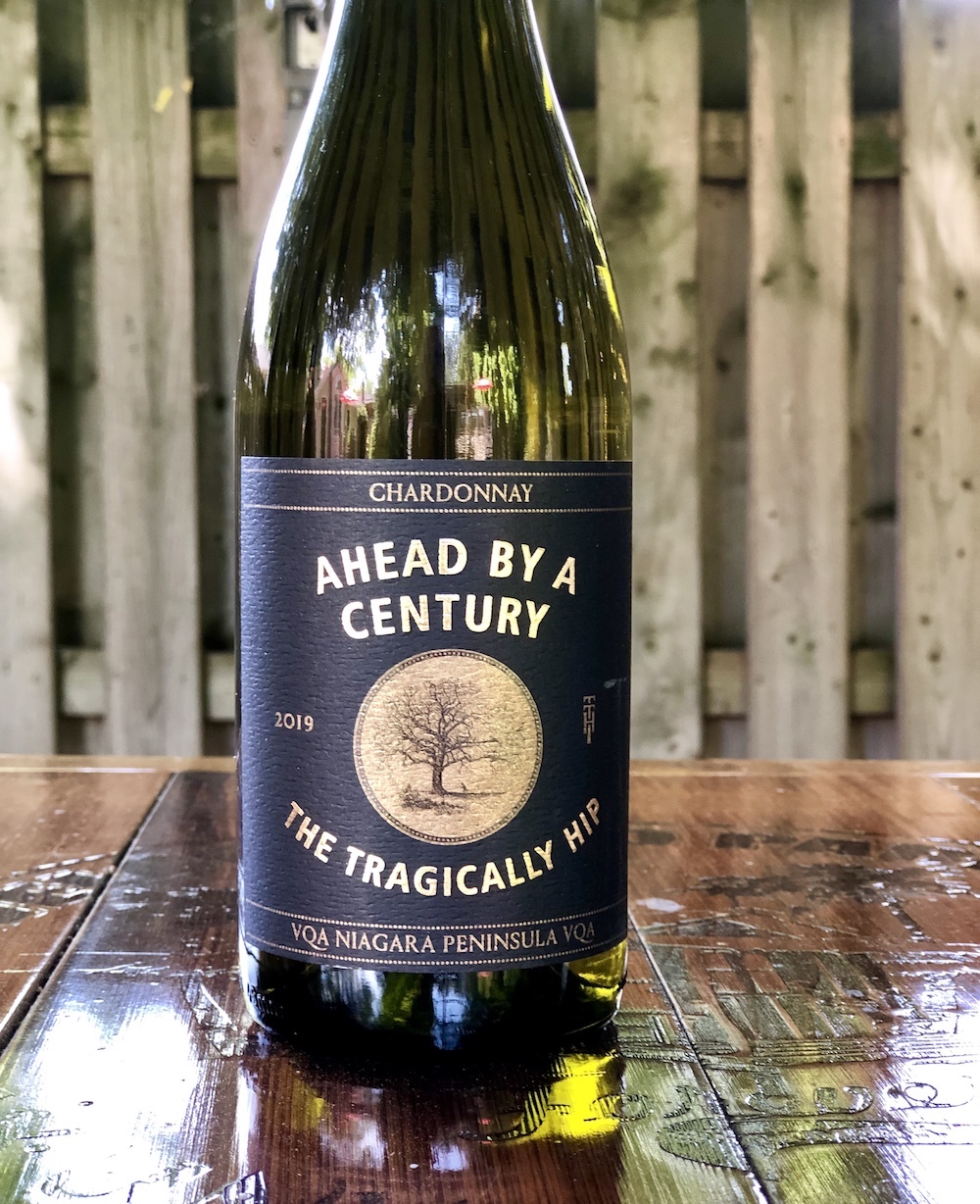
The Tragically Hip Ahead By A Century Chardonnay 2019 ($22, 89 points) — Sourced from three different vineyards in Niagara with aging in 50% stainless steel and 50% new French oak barrels for 7.5 months with lees stirring. A comforting, inviting nose of ripe apple, tropical fruits, toasty vanilla bean, buttercream and spices. It has spicy bite on the palate and is backed by rich, ripe apple, lemon tart, tropical notes and a smidge of citrus zest to keep it all lively and vibrant through the core.
Also released, but not reviewed:
• Henry of Pelham Estate Gamay 2019 ($20)
• Wildass Red 2018 ($22)
• Rosewood Riesling AF 2018 ($16)
• Charles Baker B-Side Riesling 2018 ($22)
• Featherstone Four Feathers 2020 ($15)





Comment here